Clouds are similar to the udder. Eroticism in nature!
Many funny things happen in nature! In this case, it's interesting not the phenomenon itself, but it's name 😊 You probably think that this is a photoshop? No, it's not! Such clouds are actually found in our atmosphere.
Image from:wikimedia.org-Author:Craig Lindsay-License:(CC BY-SA 3.0)
Clouds-udder, which are one of the species of cumulus clouds, are usually located under the "parent" cluster of cumulus or cumulonimbusclouds. Usually they are gray with hanging elements of a darker shade, but during sunset, for example (when the sun is low above the horizon) they may have a gray-pink, gray-blue, reddish or golden color.
Let's look at them in more detail:
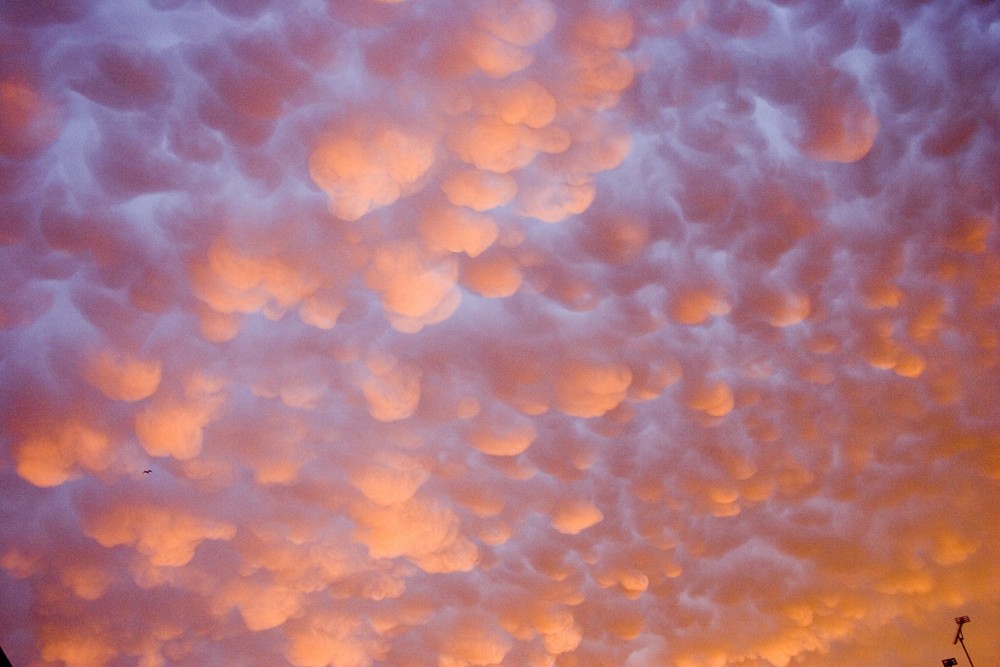
Image from:wikimedia.org-Author:Suesumner-License:(Public Domain)
The base of these clouds has a specific cellular or marsupial form. They are rare, mainly in tropical latitudes, and are associated with the formation of tropical cyclones. Cells usually have a size of about half a kilometer, most often sharply outlined, but there are also blurred edges. Their color is usually gray-blue, like the main cloud, but because of the direct rays of the sun or the illumination from other clouds may appear golden or reddish.
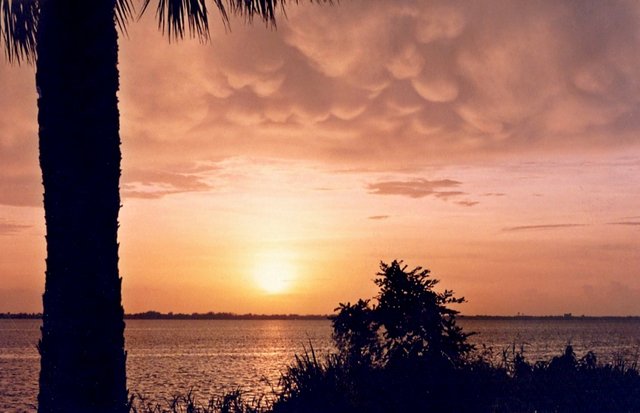
Image from:wikimedia.org-Author:Ron Clausen-License:(CC BY-SA 4.0)
The clouds are a manifestation of the Rayleigh–Taylor instability More dense cold air moves down under the gravitational field of the earth, and less dense warm air moves upward. It is the fact that the clouds are formed on the descending movements of the air, making them unique, because, as is known, cloudiness is formed with ascending flows. Under such conditions, under the falling crystals of ice "anvil" of cumulonimbus clouds, a system of small ascending and descending air currents arises against the background of a general downward flow of air. These flows lead to the formation of a characteristic cloud form.
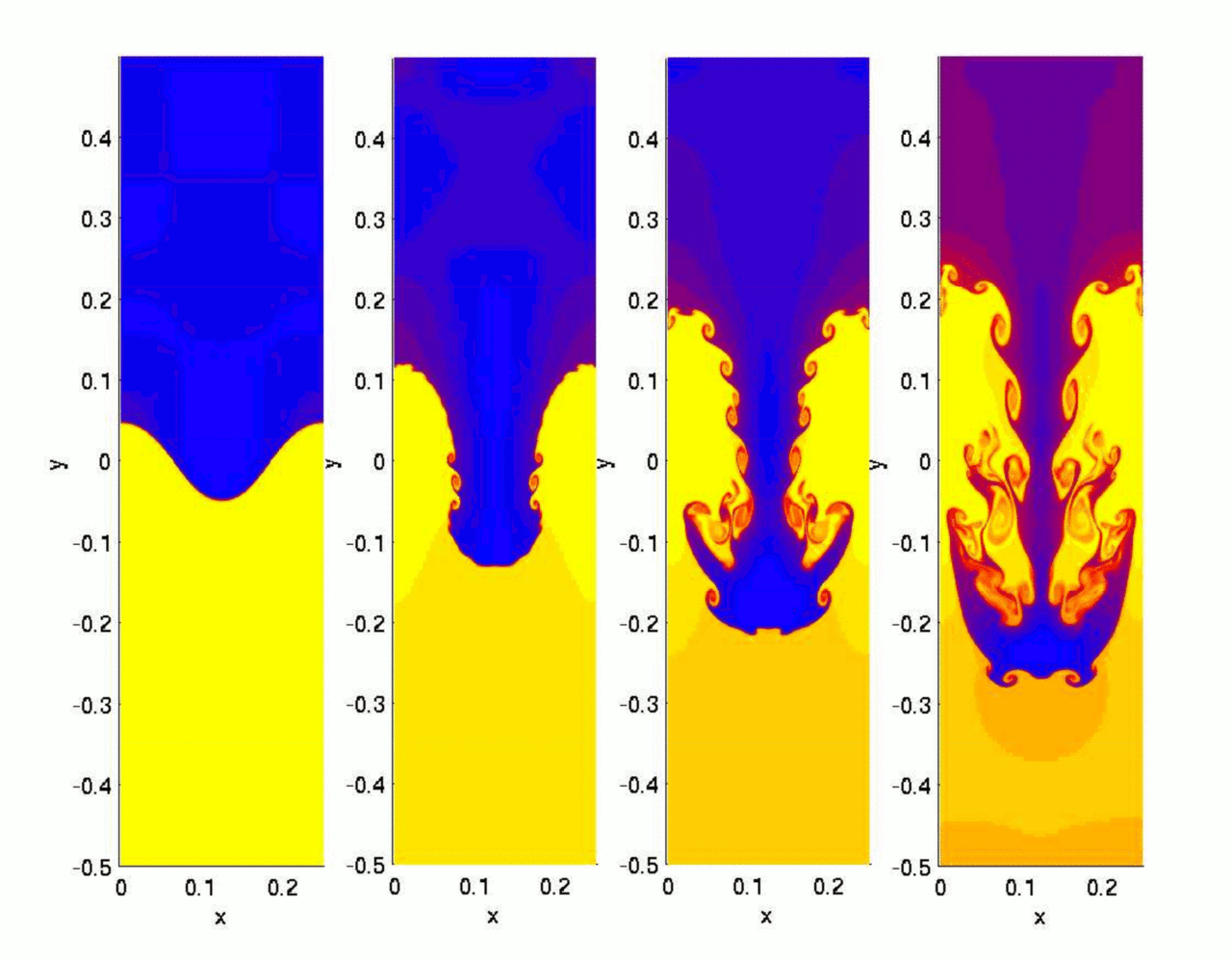 Image from:wikimedia.org-Author:Shengtai Li, Hui L-License:(Public Domain)
Image from:wikimedia.org-Author:Shengtai Li, Hui L-License:(Public Domain)In meteorology, clouds-udder are called Mammatus. The name Mammatus comes from the Latin "mamma" (which means "udder" or "chest"). Because of its ominous appearance, clouds-udder are often considered the harbingers of an impending storm or hurricane. Mammatus are always associated with thunderstorm and, consequently, with cumulonimbus clouds. At the same time, these clouds can be protected from a thunderstorm at a distance of several tens of kilometers. Mammatus persists in the sky from a few minutes to several hours, gradually disappearing along with a dying storm.
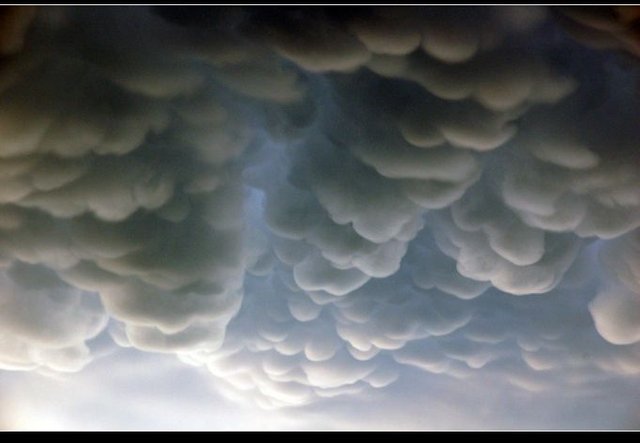
Image from:wikimedia.org-Author:Fernandolk-License:(Public Domain)
The individual "petals" of the Mammatus have diameters of 1-3 km with an average length of 0.5 km. The petal exists on average 10 minutes, but the whole cluster lives from 15 minutes to several hours. For the formation of Mammatus, the proximity of a moist and unstable distributed air mass in the middle and upper parts of the troposphere over the dry air mass occupying the lower part of the troposphere is necessary.
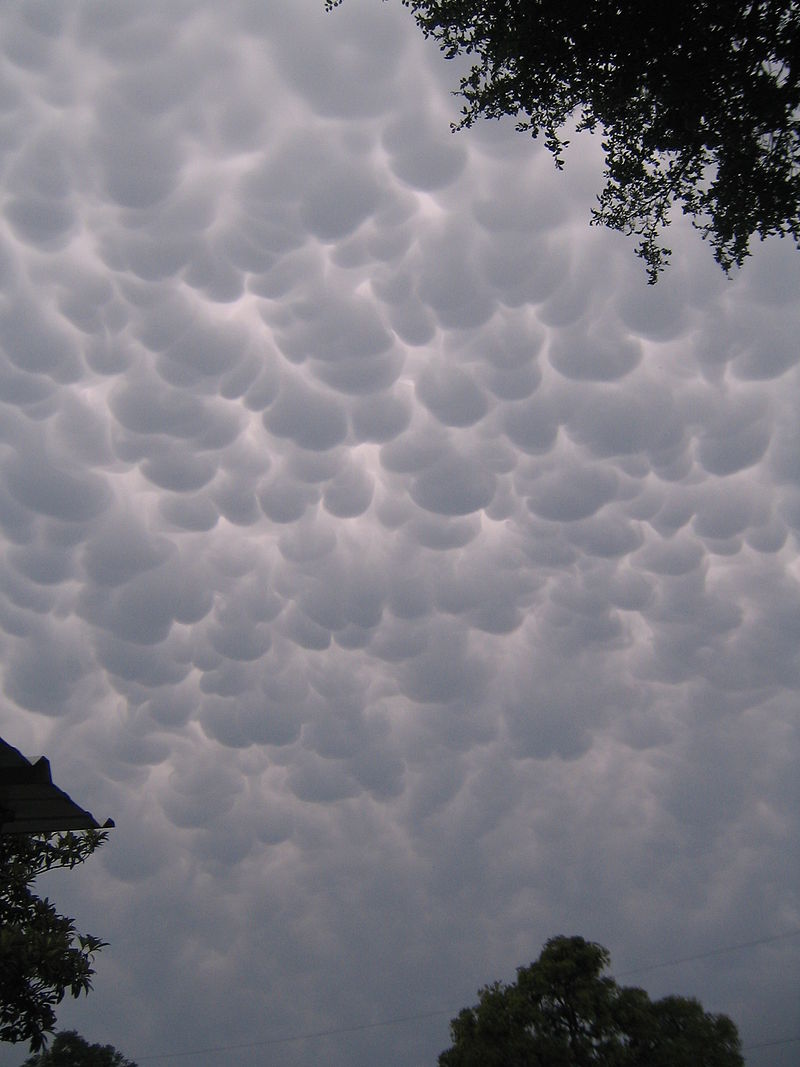 Image from:wikimedia.org-Author:Marybdtown-License:(CC BY-SA 3.0)
Image from:wikimedia.org-Author:Marybdtown-License:(CC BY-SA 3.0)In the US, the appearance of Mammatus was previously associated with the appearance of a tornado in the ensemble of cumulonimbus cells, but it is now generally accepted that the appearance of Mammatus does not mean that a tornado may just about appear. However, for storm storms that generate clouds-udder, there is a high probability of occurrence of ball lightning, as well as a wind shear. Therefore, the crews of aircraft must avoid not only Cumulonimbus clouds, but also Mammatus.
Nevertheless, the appearance in the sky of Mammatus suggests that the most powerful and dangerous part of the storm has already passed.
A couple of interesting videos demonstrating and explaining this phenomenon. The first video is the most exciting :-)
If after reading this information you decide to become a meteorologist 😊 and you are interested in the details, you can see the references used:
https://en.wikipedia.org/wiki/Mammatus_cloud
https://en.wikipedia.org/wiki/Cumulus_cloud
https://en.wikipedia.org/wiki/Cumulonimbus_cloud
https://en.wikipedia.org/wiki/Tornado
https://en.wikipedia.org/wiki/Ball_lightning
https://en.wikipedia.org/wiki/Thunderstorm
http://earthsky.org/earth/amazing-photos-of-mammatus-clouds
https://aviation.stackexchange.com/questions/30484/why-is-the-mammatus-cloud-formation-so-dangerous
I got trees showing off their vaginas and you got clouds with boobs! Nature is so so naughty! :P
Nature likes to joke with us )))
Ok, after reading your post, soliton clouds (morning glory clouds) went to the second place on the list of the weirdest :)
Thank you for your opinion. But I do not have competition with @ruth-girl. I and @ruth-girl complement each other.
I decided to write this article after I read about her clouds. :)
It is a ping pong of ideas we have here! :)
👍
I've seen her post after reading this one :)
My affection for soliton clouds is from my faculty years because I was not a big fan of H-H Action potential model and I've stumbled upon the idea that lipid membrane could be broken in solitary wave manner.
Wow! Are you a professional? What do you think about the construction of climate facilities in Tibet?
Not that professional XD Something like this
Now I understand you. Did you mean the theory of solitons?
Are you a physicist?
I'm a strange vegetable: BSc in molecular biology, MSc in biophysics, PhD in physical chemistry
Is your work related to something that you listed?
So beautiful!!! Like hundred balloons in the sky!!I have never seen them and I guess I'm glad I haven't :P
I love cloud watching. They are truly incredible and very important for reading the weather and creating stunning sunrise and sunsets!
And they never repeat!
How are you? I read about your events. Everything went well?